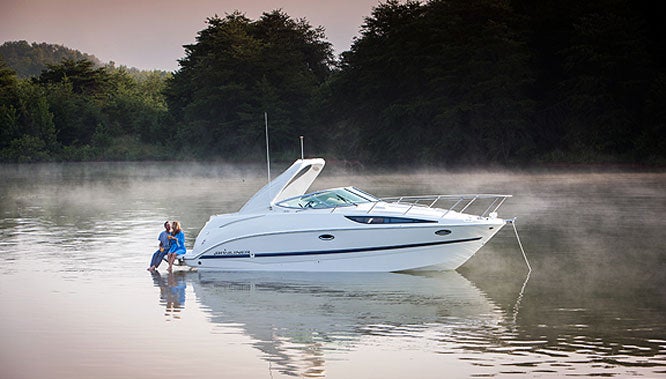
Boat anchors aren’t just an essential piece of safety equipment; they’re one of the most widely used accessories in most boats. Anchors come in an amazing range of shapes, styles and sizes, so how do you select the one that’s right for your boat?
Anchors come in a huge variety of styles. Some hold with their weight, while others use built-in wings or ridges to dig into the bottom.
Anchor Styles
Fluke Anchors are comparatively light weight, and fold flat when not in use. They’re great for anchoring in sand, but won’t penetrate hard bottoms and can have trouble in weeds.
Plow-and-scoop anchors hold well over a variety of bottom types. Resembling a giant fish hook, they’re heavy and can be difficult to stow, unless your boat has a bow roller.
Mushroom anchors hold primarily with their weight. They’re most often used for permanently anchoring docks on soft bottoms. Once they sink in to the mud, they can be very difficult to remove.
Navy anchors also rely on their weight and movable flukes to hold over a variety of bottom types. Because they are heavy, they are more difficult to retrieve and stow than standard fluke-style anchors.
Anchor Sizes
Once you’ve decided on an anchor style, you need to decide on the size. The old standard that you need one pound of anchor for each foot of boat length – a 30 pound anchor being about right for a 30-foot boat – is still a good guideline, but modern anchor designs are capable of securing far more weight than older Navy and mushroom styles can. Most manufacturers suggest the right size anchor for different boat sizes. If in doubt, go up one size. It’s always better to have a little too much anchor than not enough.
The Line on Rode
While having the right size anchor is important, so too is having enough anchor line, or rode. The anchor won’t function properly unless the rode is the correct length.
Most anchors are designed to disengage when pulled from above, so they will never set properly if you try to deploy them directly under the boat. As a rule of thumb, use at least a 5:1 scope, which is to say the amount of rode you let out is five times the depth of the water. This ensures that the angle of pull is more horizontal than vertical, ensuring a good set. To anchor in 10 feet of water, you would let out 50 feet of rode. For even better holding power, use a 7:1 or even 10:1 scope. Mark your anchor rode every 10 feet to make it easy to quickly determine how much line you have out.
Nylon makes the best anchor line, since it’s incredibly strong, hard wearing, impervious to water and has a little bit of stretch to absorb shocks from wave action. It comes in a range of sizes – select line that is 1/8-inch thick for every 10 feet of boat length. A 20-foot boat will work well with a 1/4-inch rode, for example, where a 30-foot boat does better with a heavier 3/8-inch line.
The Missing Link
Never attach your anchor directly to the anchor rode. Instead, use a length of heavy chain to link the two together. The heavy chain is extremely resistant to abrasion, so it protects the rode from the excessive wear and tear that comes from constantly scraping against bottom rocks. It also helps the anchor to set properly by ensuring that horizontal angle-of-pull.
How much chain do you need? A good rule of thumb is about one foot of chain for every foot of boat. Pick a high quality, stainless steel chain that’s half the diameter of your anchor line.

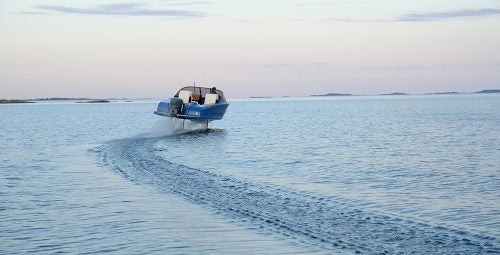



 Fort Lauderdale International Boat Show Preview
Fort Lauderdale International Boat Show Preview 10 Best New Boat Accessories at IBEX 2021
10 Best New Boat Accessories at IBEX 2021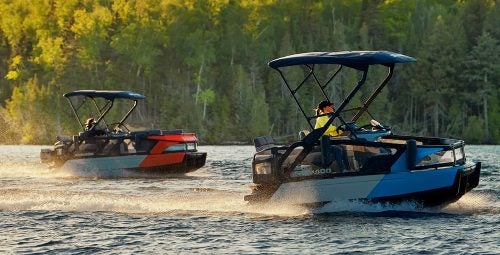 2022 Sea-Doo Switch Pontoon Boat Lineup Unveiled
2022 Sea-Doo Switch Pontoon Boat Lineup Unveiled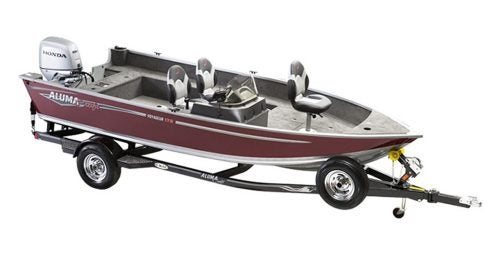 BRP Enters Fishing Boat Market with Purchase of Alumacraft Boat
BRP Enters Fishing Boat Market with Purchase of Alumacraft Boat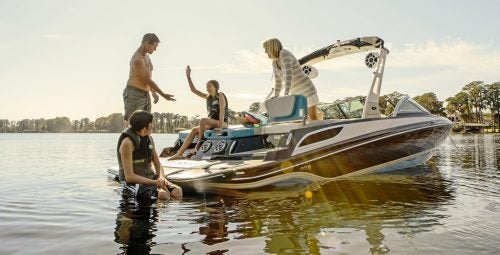 Volvo Commits To Electric Power By 2021
Volvo Commits To Electric Power By 2021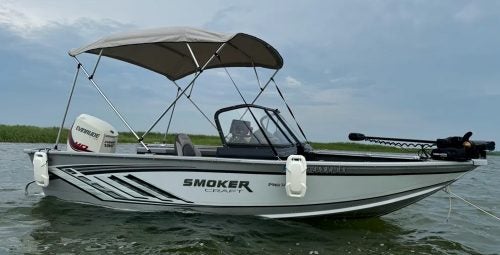 Kemimoto 4 Bow Bimini Top and Boat Bumper Review
Kemimoto 4 Bow Bimini Top and Boat Bumper Review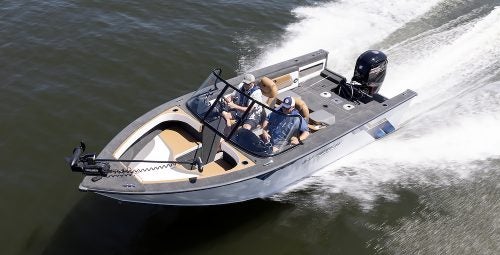 Starweld Victory 20 Review
Starweld Victory 20 Review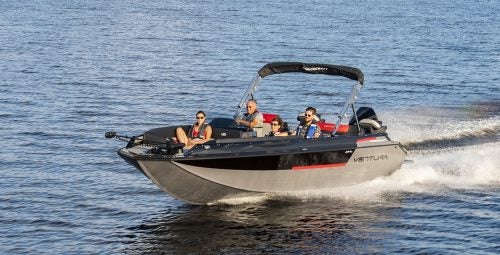 Princecraft Ventura 23 RL Review
Princecraft Ventura 23 RL Review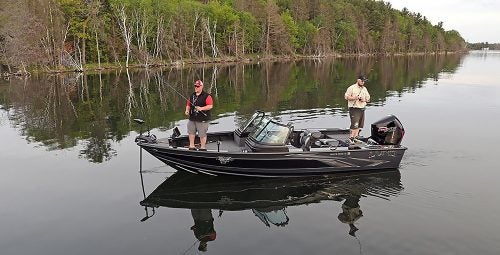 Lund 2075 Pro V Review
Lund 2075 Pro V Review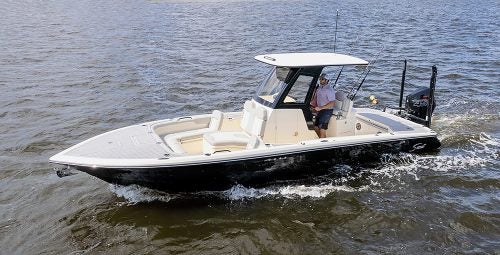 Scout 281 XSS Review
Scout 281 XSS Review Fuel Saving Tips For Boaters
Fuel Saving Tips For Boaters Best Boating Accessories
Best Boating Accessories Best Boating Apps
Best Boating Apps 5 Pontoon Boats That Are Made To Fish
5 Pontoon Boats That Are Made To Fish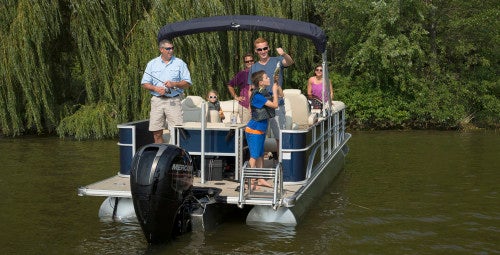 10 Great Small Pontoons
10 Great Small Pontoons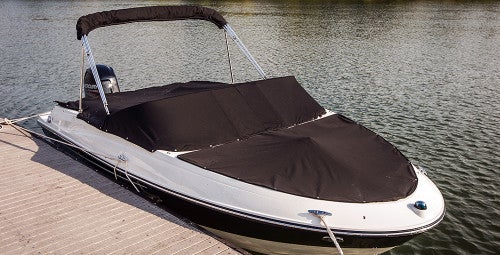 Your Boat Was Expensive—Do You Really Trust a $2 Rope From the Dollar Store to Secure It?
Your Boat Was Expensive—Do You Really Trust a $2 Rope From the Dollar Store to Secure It?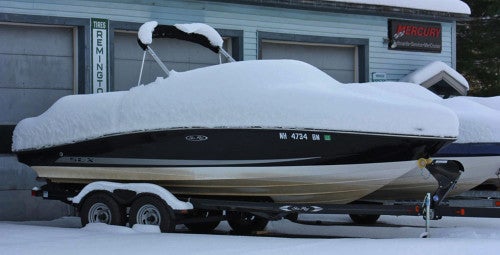 Do I Need Insurance Coverage Against Ice or Freezing Damage?
Do I Need Insurance Coverage Against Ice or Freezing Damage?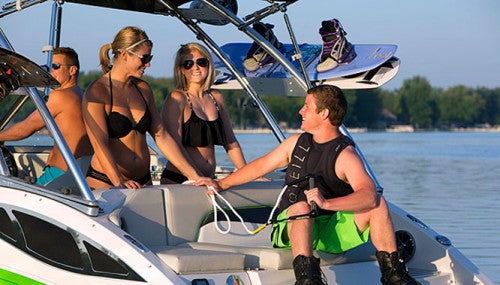 What Kind Of Insurance Coverage Do I Need?
What Kind Of Insurance Coverage Do I Need?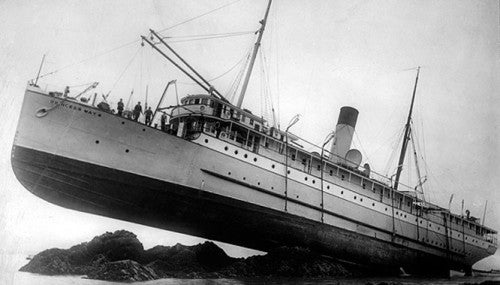 What About Salvage?
What About Salvage?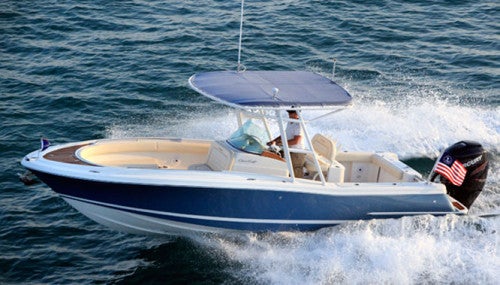 Boat Insurance or Yacht Insurance?
Boat Insurance or Yacht Insurance?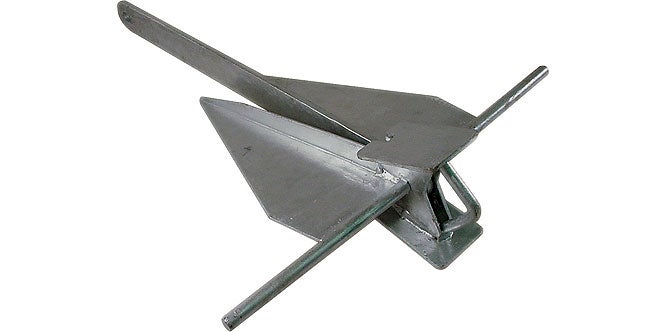
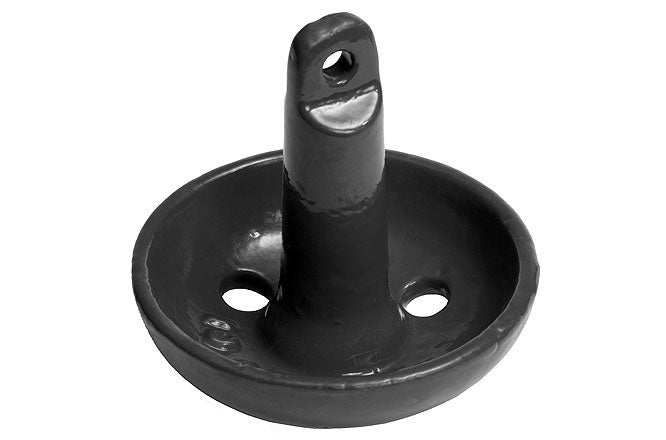
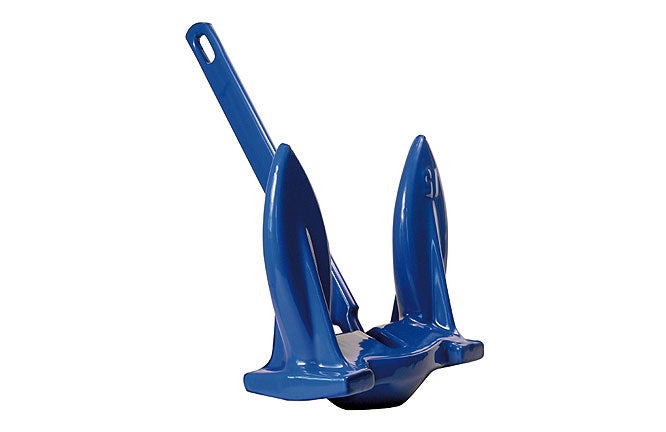
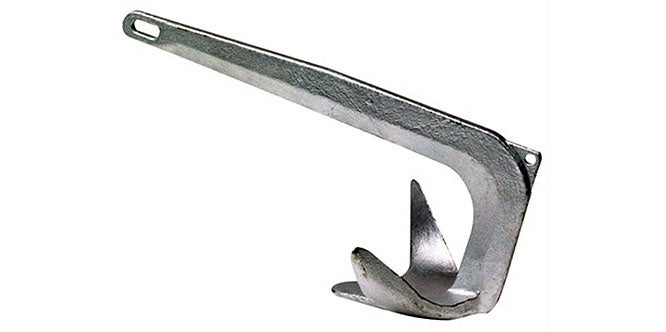
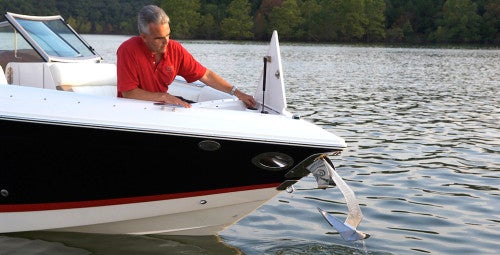
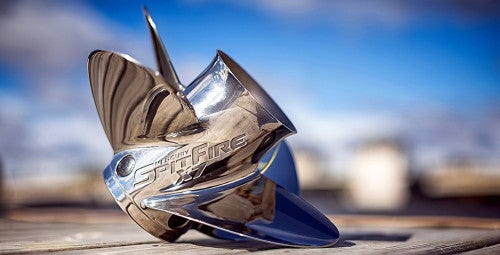

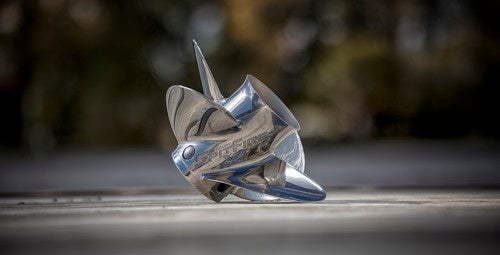
 The Best Bowriders For The Money
The Best Bowriders For The Money
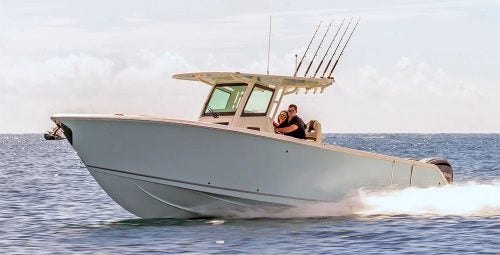 Sailfish 312CC Review
Sailfish 312CC Review
 The Wildest Concept Yachts
The Wildest Concept Yachts
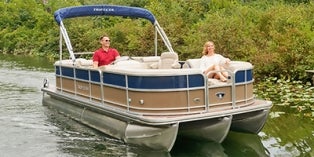 2016 Trifecta 200 Series 220FCR
2016 Trifecta 200 Series 220FCR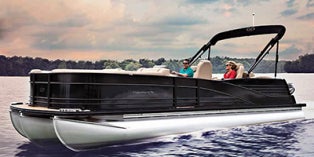 2016 Harris Grand Mariner SL 270 DL
2016 Harris Grand Mariner SL 270 DL 2016 Crestliner Authority 2050
2016 Crestliner Authority 2050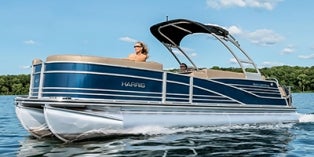 2016 Harris Grand Mariner SL 230 DLDH
2016 Harris Grand Mariner SL 230 DLDH
